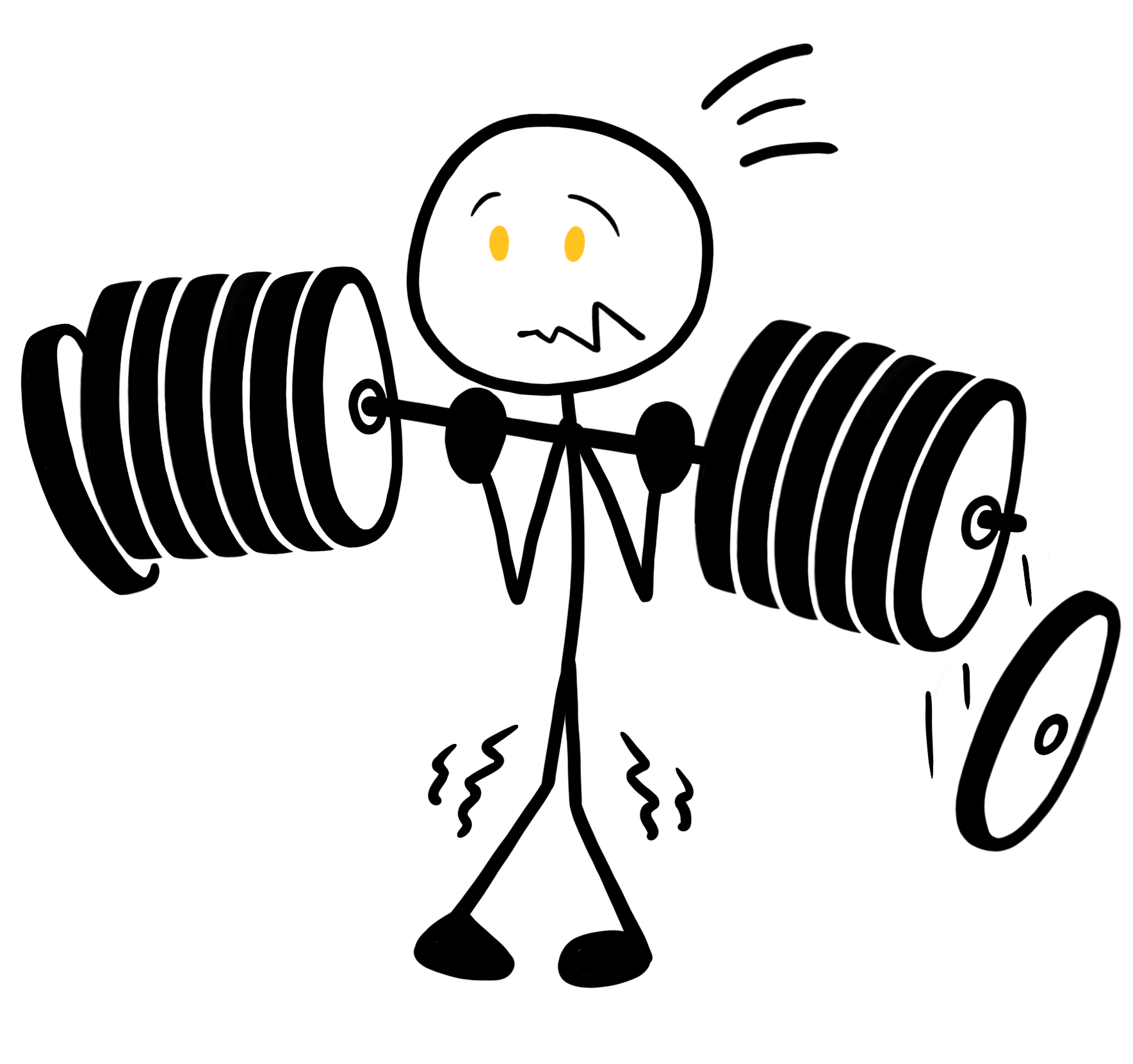
What is Stress
In our first module we talked about the nervous system and the different zones we go into in response to stressful or traumatic events. In this lesson, we’re gonna talk about what stress actually is, and how to understand what that means for you and your mental health.
Defining stress
If we’re going to dive into what stress is, a good place to start is by talking about where this word came from, because it’s kind of important.
An endocrinologist called Hans Selye (you don’t need to remember that) was researching the physiological changes that would happen to a person’s body when they’re put under some kind of tension or threat to their well-being. He landed on the word “stress” because this was used in the engineering world to describe when a force was acting against a resistance.

So when we try to define stress now, I think this is a really important point to remember, because not all stress is bad. In fact stress is a natural, and even healthy, part of our lives.
Healthy stress
Healthy stress can be defined as a biological process that happens when our bodies and minds are challenged in some way. And it feels uncomfortable, because it’s like we’re coming up against a resistance that is forcing us to adapt to something new that’s outside of our comfort zone.
Healthy stress can come from doing things like physical exercise, where we’re training our muscles and our cardio system to build strength. Or it can come from challenging ourselves mentally or emotionally, such as by learning a new language, meeting a difficult work deadline or overcoming a relationship issue. Healthy stress is what triggers us to grow - it actually activates neural growth hormones in the brain and enhances new learning. This is how we become more resilient and make progress in the world.

If we think about this in the context of our nervous system, healthy stress happens when our bodies and brains become triggered into a state of arousal that is tolerable and typically short-lived, and where we get to fully recover afterwards. We maybe go down into the yellow zone for a little while in order to use that mobilising energy that’s down there, but then we’re able to return back to the green zone fairly easily. While the stressor might bring some discomfort, we have the resources available to respond to the challenge with some openness and curiosity, to ask for help if necessary, and we find ways to restore a sense of calm to our system afterwards. We’ll talk more about the importance of healthy stress and how to use it in the ‘Cope’ section of the course.
Traumatic stress
When we talk about the impact of stress in the mental health world, we’re often talking about chronic or traumatic stress.
Just like healthy stress, traumatic stress is a biological process that happens when our bodies and minds are challenged or threatened in some way. The core difference is that in traumatic stress, the event or experience that threatens us feels so intolerable that it overwhelms our capacity to cope, or, the stressors have become so chronic or ongoing that its effects build up over time and reduce our ability to cope.
This is really important so I’m going to repeat it - what causes something to become traumatic is when it overwhelms our ability to process it or cope with it.
When a stressor exceeds the inner or outer resources that we have available to handle it, our body and brain has no choice but to go down into the danger response of the yellow or red zones of the nervous system. As we said in our very first lesson, this is a completely normal and important response that helps us survive when we’re faced with an extreme threat to our wellbeing. When something feels too overwhelming for us to cope with, it’s pretty amazing to think that our bodies have created these back up systems that can just take over to keep us safe without us even having to think about it. It’s kinda cool.

But as we learnt in the first module, we can find ourselves stuck there. My hope is that we can also learn how to turn these back up systems ‘off’ when we no longer need them. In order to do that, we might need to deepen our understanding of traumatic stress in order to see why we get overwhelmed or stuck in the first place, especially when things don’t appear to be traumatic from the outside. That’s what this module is for.
Lesson Review
This lesson explained what healthy stress, chronic stress, and traumatic stress are. In the rest of this module, we’re going to dive deeper into our understanding of trauma - what it is, why there are different kinds, why some people experience things like post-traumatic stress when others don’t, as well as how to heal.

